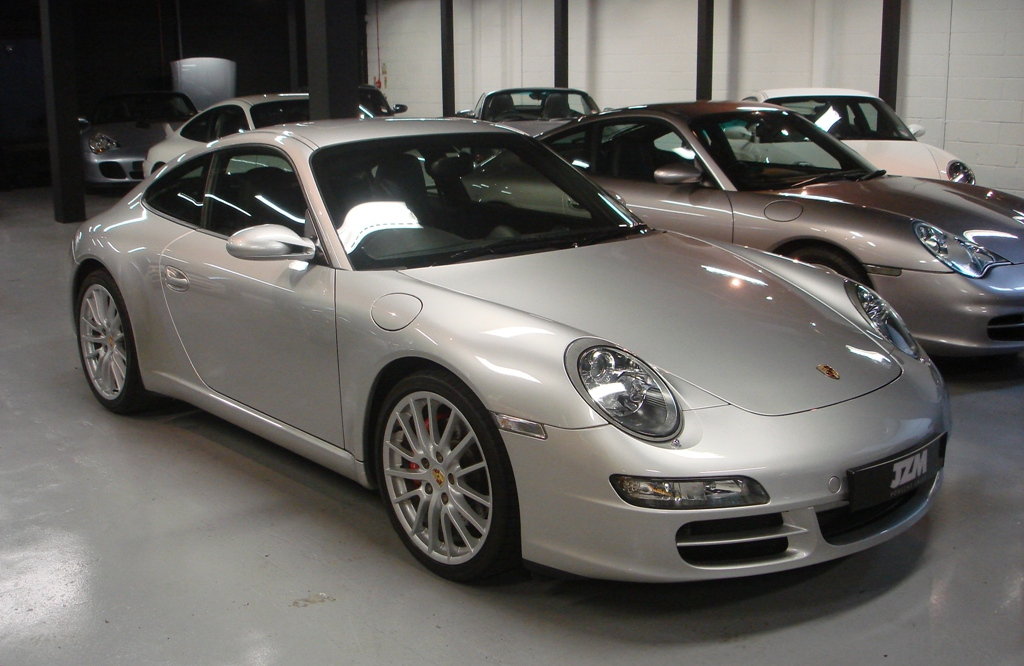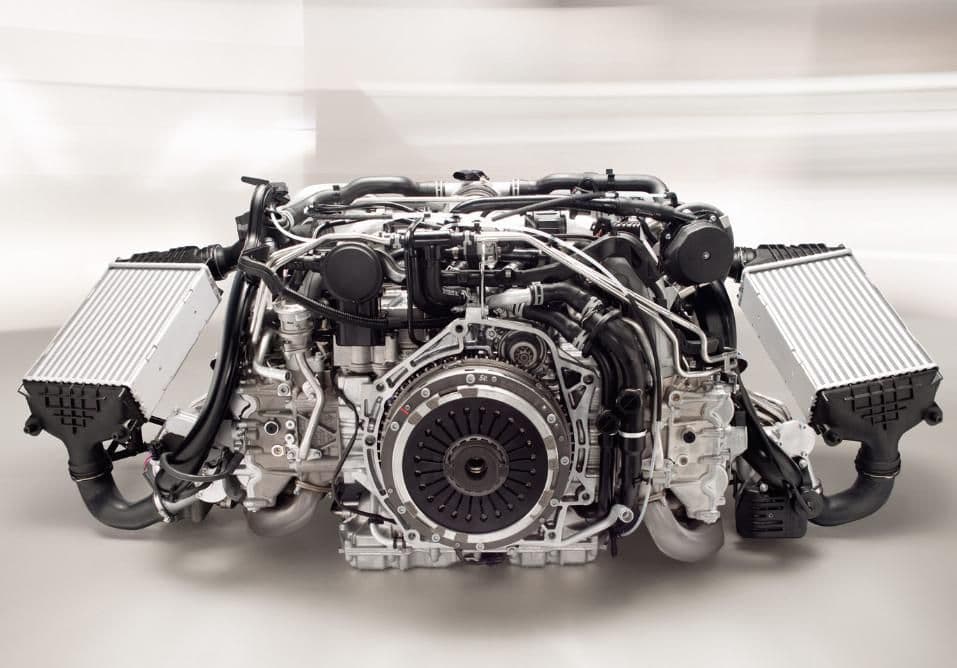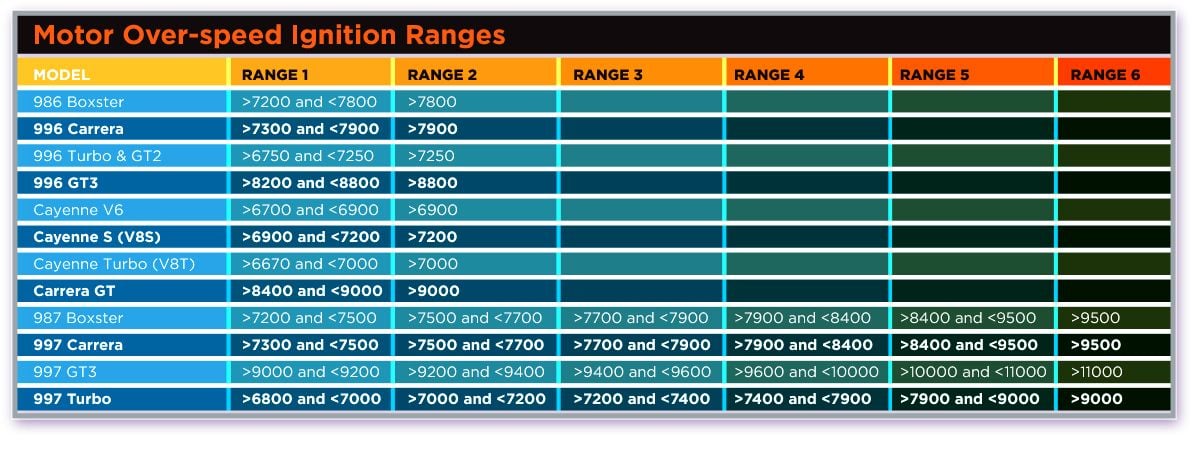Porsche 997: Turbo Buyers Guide
Porsche's 997 ranks among the company's more popular sports cars of all time and for good reason, as the company was able to maintain a high-level sports car performance while incorporating several new technological features into its makeup.
This article applies to the 997 Porsche Turbo (2005-2012).
The 997 was produced by Porsche from 2005 to 2012. Compared to its 911 predecessors, the design of this car features a sharp exterior, significantly better electronics, and dual-clutch automatic gearbox technology. The company also made this particular model the first one to replace some of the 911’s more oversensitive handling characteristics with better control technologies.

Porsche’s 997 is a fantastic car to own, and if you’re considering purchasing one, you should know there are a lot of things to consider before your dream can actually become a reality. The following is a summary of some of the things you should consider before you open your wallet and lay down the cash for a Porsche 997.
Price
In terms of price, you should know that there were a lot of 997s built by Porsche. And when the company followed it up with the 991, a lot of the 997 owners opted to trade up. This means there are a lot of used 997s on the market today, which translates to the price for owning a Porsche being a bit more reasonable than in the past.
On average, you can purchase a Porsche 997 Turbo for anywhere between $60k and $140k, depending on year, mileage, and whether it's a coupe or convertible. If you are not afraid of mileage (which you shouldn't be), Porsches seem to exhibit a steep depreciation curve once beyond 25-40,000 miles. Also, if you are a die-hard manual transmission fan, do not feel compelled to wait out for a 2010+ model like those who require a PDK transmission. Those models command a price premium for the performance advantages associated with the PDK gearbox.

Issues
For regular 997 models, known issues with the gen-1 flat-six include scored cylinder bores and the failure of a bearing at the end of the intermediate shaft that drives the camshafts. When either of these issues arise, they can result in engine failure, and a rebuilt can cost close to $10k. Fortunately, Turbo, Turbo-S, and the GT models have a bespoke engine that is free of these issues.
As with all turbocharged cars, there is additional complexity when compared to their naturally-aspirated counterparts. However, the Turbo models have an incredibly durable engine block. The main concern is related to the turbocharger itself. Make sure that the car does not exhibit any smoky idle issues, as this could be indicative of a worn-out turbocharger.

Essential Items to Check
Ask for a DME report, but don’t read too much into it. Generally speaking, a rev range between 5 and 6 is not good. A 4 reading is tolerable. Ideally, you want something 3 and under. The engine computer measures the maximum engine RPM recorded and for how long this RPM range was experienced. Obviously, being in the 1 or 2 range just means that the car has been operated at normal engine RPM; however, as the range goes higher, the vehicle was more likely to have been driven carelessly or over-revved, which in the long run, could lead to an engine rebuild. Here are some other essential items to cover:
- Have the car’s black box interrogated. When asked why, say that you want to check for over-revving and also to confirm the mileage of the car. You’re paying tens of thousands of dollars for a high-performance car — no stone should go unturned.
- How many miles does the car have on it? If it’s over 25,000 miles, ask if the plugs have ever been replaced. If not, this can be a costly fix.
- Check the clutch slave cylinder; while they’re fairly robust, these things can go without any warning. Again, this can be an expensive repair.
- Take a look on the inner disk faces of the brakes for corrosion, which can be caused either by over-use (your over-aggressive sports car owner), or lack of use (your sports car collector). Take a listen for squeaks from the front suspension — this might mean parts need replacing.
- The electrical systems in all of the Porsche 997s are fantastic — as such, you want to make sure you can enjoy them. Test everything out, particularly the PCM functions and PASM dampers.

Quick Hits
Finally, when you’re honing in on what will hopefully be your future Porsche 997, here’s a quick-hit list of some of the things you should pay attention to in the final stages of your purchase:
- Make sure the tires match and that there’s still some tread left.
- Ask how much oil the car consumes. Porsches, in general, burn through oil — if this is your first time owning one, you should know what you’re getting in to. This is especially true on a turbocharged model where improper care could lead to excessive oil burning, or blow-by issues.
- Check the paint and question any shade variations; specifically ask if the car has ever been in an accident.
- During the test drive, make sure the vehicle shifts smoothly. Some owners have a tendency to “beat” on their Porsches, which can adversely affect the car’s performance in its later years.
- When you’re test driving the car, listen for squeaks and rattles. The Porsche 997 is a sports car, so it’s going to have them — you just want to be aware of how loud they are before you buy the vehicle.
- Pretty obvious, but often forgotten — ask for a service history report of the car you’re buying.
- When looking at the engine, check out the coolant cap and make sure it has the newest rev number on it (the old ones had a tendency to leak).
- Ask when the last time the battery was switched — Porsches do a lot of wear and tear on this particular component, which typically only lasts around 3-5 years.
- Look at the hood and bumper areas of the car. Porsches chip easily — if either looks really clean, chances are they might’ve been replaced (good negotiation point if it’s something you can overlook).
- Check the underside for some curb rash — even though these cars are low to the ground, you still want it looking good.
Related Discussions
- 997TT Purchase Decision Engine Failures - Rennlist.com
- Isn’t Buying 2007 997TT a Bit Scary? - Rennlist.com
- Things to Look Out for Buying a 997TT - Rennlist.com
- First Porsche Car Considering 2007-2008 Turbo - Rennlist.com
- Would You Buy this 997tt? Please Help - Rennlist.com






